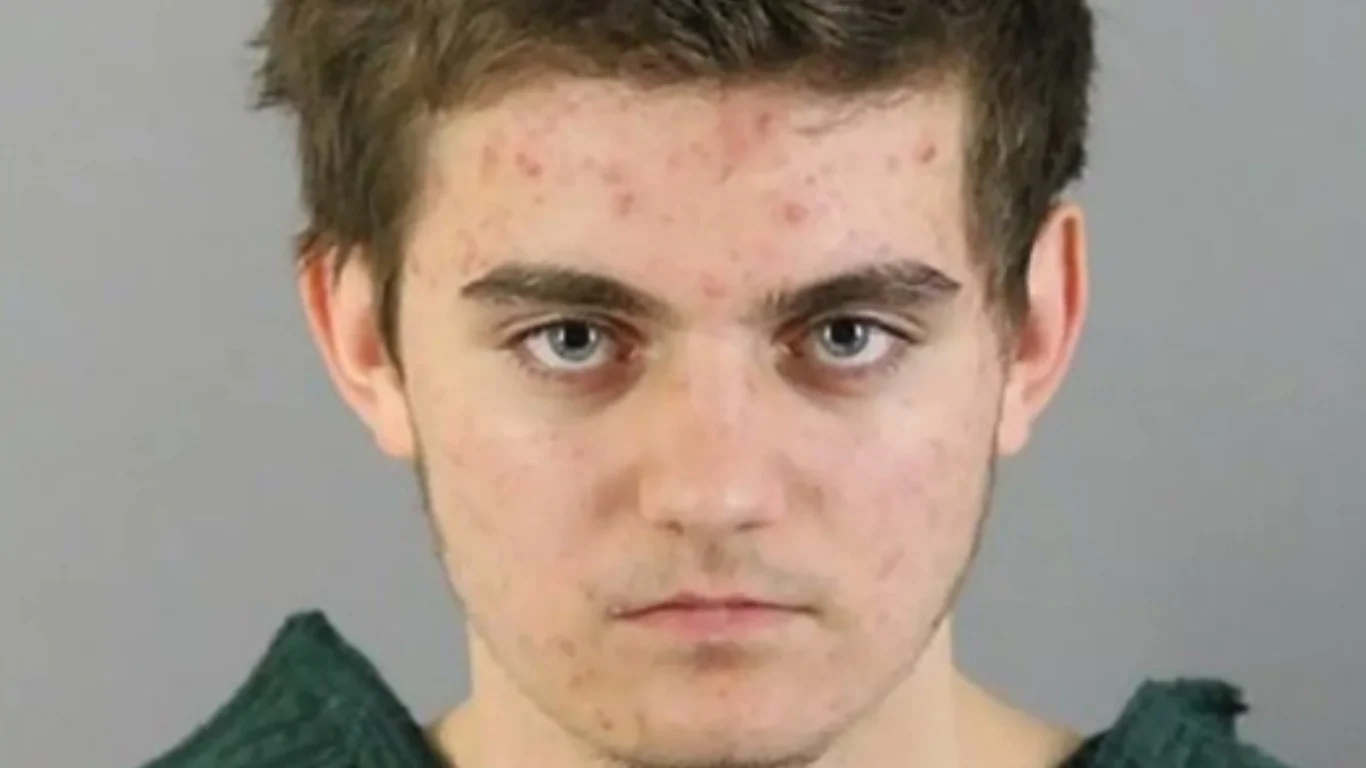
Who Is Nikita Casap? Teen Accused of Killing Parents in Alleged Plot to Assassinate Donald Trump
In a chilling case that has shocked the United States, 17-year-old Nikita Casap from Wisconsin is facing a series of grave charges including the alleged murder of his parents as part of a broader plot to assassinate former President Donald Trump and attempt to overthrow the U.S. government. Details of the case were revealed through an unsealed federal warrant and statements made by authorities, painting a disturbing picture of radical ideology, domestic violence, and a failed escape plan.
Background and Initial Discovery
On February 28, 2025, police discovered the decomposing bodies of Tatiana Casap, 35, and her husband Donald Mayer, 51, at their home near Milwaukee, Wisconsin. The discovery was made after concerned family members requested a welfare check—Mayer hadn’t reported to work and Nikita had not attended school in over two weeks.
According to prosecutors, the killings are believed to have taken place on February 11, more than two weeks before the bodies were found. Due to the advanced state of decomposition, investigators had to use dental records to confirm the identities of the victims. The gruesome nature of the crime and the time elapsed before discovery have raised serious concerns about how the teen managed to remain undetected for so long.
Charges and Arrest
Nikita Casap was charged last month in Waukesha County with multiple offenses, including two counts of first-degree intentional homicide, theft, and hiding a corpse. Online court records list a total of nine felony charges against him. He is currently being held in Waukesha County Jail on a $1 million bond and is scheduled for an arraignment on May 7, 2025.
Authorities believe that after killing his parents, Casap remained in the home with their bodies for several days before fleeing the state. He allegedly took with him approximately $14,000 in cash, jewelry worth more than $14,000, passports, and the family dog.
Casap was arrested during a traffic stop in Kansas. Police discovered him driving a vehicle containing the aforementioned cash and valuables, along with a .357 Magnum revolver that reportedly belonged to Mayer. These discoveries marked the beginning of a broader federal investigation into Casap’s motives.
Federal Investigation: Assassination Plot and Extremist Views
An unsealed federal warrant revealed that the murders were allegedly committed as part of Casap’s plan to gain financial independence and the resources necessary to carry out a larger plot: assassinating former President Donald Trump. Federal authorities allege that Casap planned to use the money stolen from his parents to fund the purchase of weapons and explosives.
Investigators also discovered that Casap had written a three-page antisemitic and extremist manifesto. The document praised Adolf Hitler, referenced white supremacist ideologies, and included repeated calls for violence. One chilling excerpt from the document reads: “HAIL HITLER HAIL THE WHITE RACE HAIL VICTORY.”
Casap’s writings also outlined his rationale for targeting Trump, whom he described as a symbolic figure whose death would cause widespread chaos and potentially collapse the U.S. government. “By getting rid of the president and perhaps the vice president, that is guaranteed to bring in some chaos,” the manifesto allegedly states.
Authorities claim that Casap communicated his intentions with others via TikTok and encrypted messaging apps like Telegram. The warrant describes interactions with a Russian-speaking contact, with whom Casap discussed fleeing to Ukraine after carrying out the attacks.
Weapons and Radical Influences
The FBI found evidence that Casap had been researching weapons, explosives, and terrorist tactics. He reportedly acquired a drone and was allegedly exploring ways to turn it into a weaponized device. Investigators also found extremist content on his phone linked to the “Order of Nine Angles,” a known neo-Nazi group associated with violent, racially motivated ideologies.
These discoveries align with what prosecutors describe as Casap’s descent into extremist thinking and violent fantasy. His actions, they argue, were not random or impulsive, but methodically planned and ideologically driven.
Defense and Legal Developments
Nikita Casap is being represented by public defender Nicole Ostrowski, who has already moved to dismiss some of the charges, including theft. She has argued that prosecutors have not provided sufficient evidence for all the allegations and emphasized her client’s age and lack of criminal history. “He is still in high school,” she said during a March 12 hearing, suggesting that his youth should be a significant factor in how the case proceeds.
Despite this, the seriousness of the charges and the volume of evidence have led many legal experts to predict that Casap will be tried as an adult. The federal component of the case introduces even more serious charges, including conspiracy to assassinate the president and the attempted use of weapons of mass destruction.
Eyewitness Accounts and Red Flags
Further deepening the case, a classmate of Casap’s told police that the teen had previously spoken of plans to kill his parents, though he claimed he lacked access to a weapon. He later informed the same classmate that he would befriend someone who owned a gun and steal it.
These statements, in hindsight, appear to reflect a consistent and escalating pattern of violent ideation that went unnoticed or unreported until it was too late.
What’s Next?
As of now, Casap remains in custody while federal and state prosecutors continue to prepare their case. He is expected to formally enter a plea during his May 7 arraignment in Waukesha County court. Meanwhile, investigations continue into the full extent of his communications, potential co-conspirators, and connections to extremist networks.
This case underscores growing concerns among law enforcement and counterterrorism experts about the influence of online radicalization, particularly among teenagers. The disturbing convergence of domestic violence, white supremacist ideology, and political extremism in this case has highlighted significant vulnerabilities in both community awareness and federal threat detection systems.

















